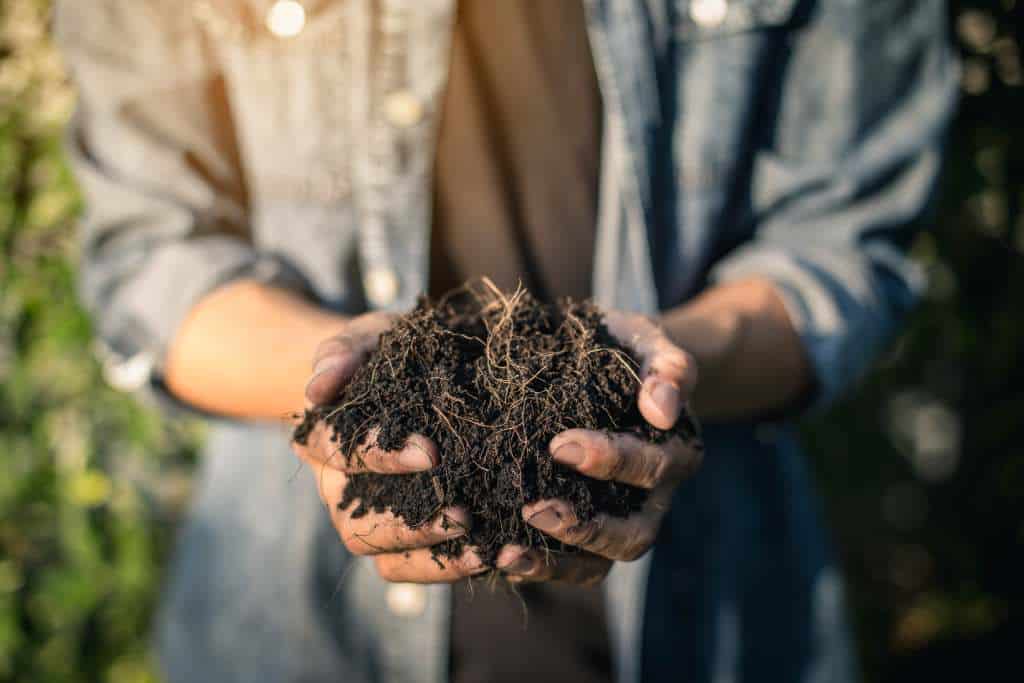Compost is essentially nature’s way of recycling organic materials back into the soil, where they can be used to nourish new plant growth. The process of composting involves creating the ideal conditions for microorganisms to break down the organic matter. These microorganisms, including bacteria, fungi, and other decomposers, consume the organic materials and convert them into simpler compounds.
During the composting process, the temperature of the compost pile will rise as the microorganisms consume the organic matter. This heat is essential to the composting process, as it helps to kill off any pathogens or weed seeds that may be present in the organic materials. As the organic matter continues to break down, the pile will cool and eventually become a dark, crumbly substance that resembles soil.
Compost is made up of a variety of nutrients that are essential for plant growth, including nitrogen, phosphorus, and potassium. These nutrients are slowly released into the soil as the compost breaks down, providing a steady source of nourishment for plants over time. Additionally, compost helps to improve soil structure and water-holding capacity, making it easier for plants to access the nutrients they need.
In addition to its use as a soil amendment, compost can also be used as a mulch or fertilizer. When used as a mulch, compost helps to retain moisture in the soil and suppress weed growth, while also providing a slow-release source of nutrients for plants. When used as a fertilizer, compost can be mixed into the soil to provide a rich source of nutrients for new plant growth.
Overall, composting is a simple yet powerful way to promote sustainable practices and improve soil health. By turning food scraps and other organic materials into compost, we can reduce waste, reduce our carbon footprint, and improve the health of our planet.
The Making of Black Gold: Unraveling the Compost Dirt
Compost, often referred to as black gold, is an ecological marvel, produced through a fascinating process of decomposition. But how is compost made? It begins with the right balance of “green” and “brown” materials. Green materials are nitrogen-rich and include items like food scraps, fresh yard trim, and raw fruits and vegetables. Brown materials, on the other hand, are carbon-rich and consist of elements like dried leaves, small pieces of wood, or straw.
When Composting at home, these elements are combined, initiating the composting process. As these materials decompose, they gradually break down into smaller pieces. The bacteria, fungi, and other microorganisms present in the compost pile thrive in this environment, accelerating the decomposition process. Like most people however, If you use a composting waste service, then a composting bin is used to store your organic waste until it is picked up and taken to a local composting facility. Our compostable bags will keep your bins nice and clean while also making transporting your compostables even easier.

How Composting Works
Peering into the compost pile, one can find a world teeming with life and transformation. In addition to the bacteria and fungi responsible for decomposition, you might also find larger organisms such as worms and insects. These critters aid in breaking down the larger pieces of organic matter into smaller chunks, a crucial step in the composting process.
As the organic materials continue to decompose, the compost pile’s temperature rises, a sign that the composting process is well underway. Eventually, these organic materials are broken down into a nutrient-rich, soil-like substance: the finished compost.
The Benefits of Home Composting
The advantages of composting go beyond just creating nutrient-rich compost for your garden. One significant benefit of composting is that it diverts food waste from landfills. By turning food scraps and yard trim into compost, we can significantly reduce the amount of waste we generate.
Finished compost is also an excellent soil amendment. As mentioned, it helps retain moisture, making water more accessible to plant roots. This rich compost also improves soil structure, creating an environment where plant roots can easily grow and absorb nutrients.
Compost: The Black Gold of Gardening
Compost, or black gold, is the end product of the composting process. It’s a dark, crumbly substance that’s high in nutrients. Compost adds a much-needed boost to any soil, infusing it with beneficial microorganisms and organic matter that plants need to thrive.
Whether you’re growing fruits, vegetables, or ornamental plants, adding compost to your garden can significantly enhance plant health and productivity. So, next time you have food scraps or yard waste, remember – it’s not just waste, it’s the potential start of black gold.
What Can Be Found in a Compost Facility?
A compost facility is a rich hub of biodegradation, and inside, you’ll find an intriguing mix of compostable materials. Starting with the visible, you’ll encounter a variety of nitrogen-rich materials like vegetable peels, coffee grounds, or grass clippings. These elements, often green in color, are a critical part of the composting process.
Also present will be plant material, including leaves, small branches, and straw, which are high in carbon and give balance to the compost. Underneath, you’ll discover a busy world of bacteria, insects, and fungi working in concert to decompose these materials.
As you dig deeper, you’ll find a dark, rich soil-like substance – the finished compost. This facility is not just a final resting place for waste, but a vibrant ecosystem converting organic material into nutrient-rich compost to be recycled.
The Bottom Line
Composting is a natural and beneficial process, recycling organic matter into a valuable resource. Understanding what compost is and how it’s made can help us make better use of our resources and contribute to a healthier planet. Remember, your compost pile is more than just a pile of dirt – it’s a hotbed of life, transformation, and the future of your garden.
Food loss and waste occur at each stage of the supply chain. The biggest proportion (about 37%) happens in the home.
ReFED, 2021

Very good information on starting my compost, thank you so much.